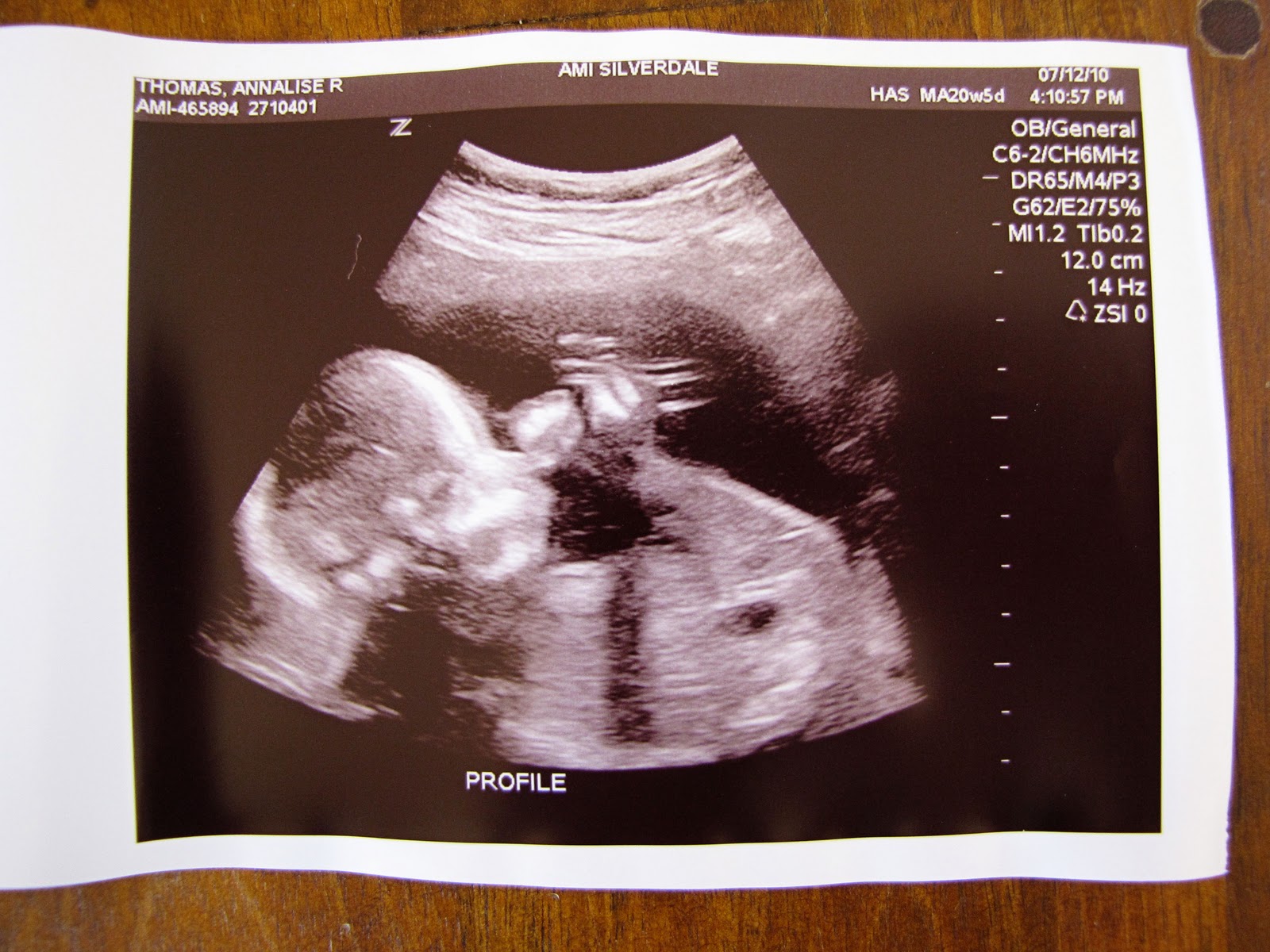

She needed time to prepare for circumcision. Some simply wanted to know the sex of their child before birth for practical reasons, like Jenny who identifies as an Ashkenazi Jew. I spoke with nearly 30 parents about their choice to learn their baby’s sex in pregnancy or wait. “There is so much pressure from society,” Olezeski said, “to know the sex of the fetus.” For pregnant people, the politics of navigating the ultrasound, and the insight it promises, has become its own rite of passage, and it comes with some coercion. Maybe this is why even parents like myself, who don’t identify as the type to photograph themselves on a deserted road consumed by a bubblegum-pink smoke grenade, cannot help but hem and haw over the decision of whether to find out the fetus’s sex before birth. Ultrasounds satiate that parental curiosity, but they also stoke it. As Christy Olezeski, director of the Yale Gender Program told me, finding out a child’s prenatal sex can feel like “solving a mystery, a piece of comfort and a way to have an answer about a being have yet to know and learn about.” Pregnancy is such a strange state of suspension, any scrutable glimpse of the future is attractive. Some parents revel in knowing their child’s gender because many still believe prenatal sex is an early indicator of a child’s character. It’s safe to say these parents are a little less conflicted about their sonograms than I was. There are more than 500,000 videos on YouTube like these. Many more go off with less of a bang, like the couple I found on Pinterest getting silly-stringed by friends as the parents kissed, tangled in their boy kid bliss. Usually, it’s more extreme ones that make the news: Such parties have already caused at least four deaths this year, and one burned over 7,000 acres of my home state of California in 2020. This has become more evident with the number of gender reveal parties increasing steadily over the past decade. I wondered how I had been sucked into such a clear affirmation of the gender binary.Īmerican parents love fetal genitalia.

But as I shared the news, there was a lot of excitement that did not line up with how I felt: After receiving one too many frilly infant dresses with animal prints, I quickly prohibited family and friends from giving me gendered clothing. Their white clothing, faces, and arms were splattered with pink from a staged paint fight, just one shade away from looking like they committed a murder together. In one image I found, a couple stood, hands interlocked. I had never entertained the idea of throwing a gender reveal party, but I still surfed ideas on Pinterest. It felt like I was supposed to do something with this information. She then printed a three-foot ream of black-and-white pictures, each with an unidentifiable area circled, which she folded and tucked into a white envelope with gold writing that reminded me, again, It’s a Girl! With much excitement, she proclaimed the fetus was a girl. She kept saying, “That’s a cute baby!” I had no idea what she was looking at as she furiously clicked and numbered and measured different parts of the fuzzy gray blob on the screen.
#BABY BOY SONOGRAM MOVIE#
Nancy, the bubbly sonogram technician, projected the inside of me on a screen that covered an entire wall, dimming the lights, like we were in a movie theater. At my second-trimester ultrasound, I decided to find out.īut then things got weird. I wanted to prepare myself for the fight. Having grown up as a girl in America, I knew what gendered wars I might be up against if I were to have a daughter. I knew that anatomy does not indicate gender identity, but I was also impatient, ready for some forecast, however unreliable, of what the future might hold for me as a mother. When I was pregnant with my first child, I agonized over my decision to find out the sex.


 0 kommentar(er)
0 kommentar(er)
